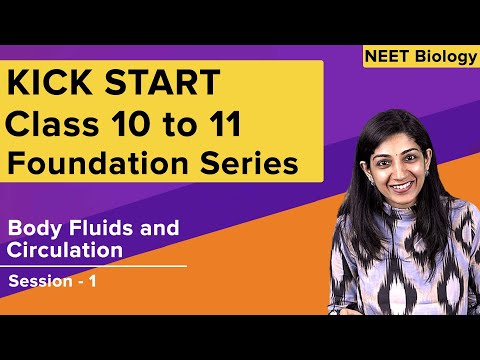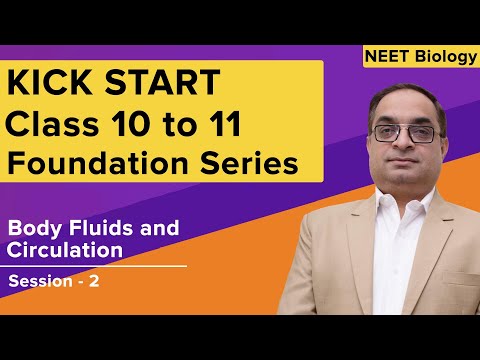1. The normal diastolic blood pressure in a normal healthy adult human is
- 80 mm Hg
- 60 mm Hg
- 90 mm Hg
- 110 mm Hg
2. ______ is a blood disorder where the haemoglobin is defective
- Heterochromia
- Alopecia
- Haemolysis
- Sickle cell anaemia
3. Which of the following two-word items mean the same thing?
- Blood cancer – Haemophilia
- Pacemaker – S A Node
- Osteoporosis – arthritis
- None of the above
4. In adult humans, _______ of lead or less in the blood is considered to be normal.
- 40µg/dL
- 20µg/dL
- 10µg/dL
- 50µg/dL
5. In humans, ____________ is the difference between systolic and diastolic pressure.
- 40 mm Hg
- 20 mm Hg
- 0 mm Hg
- None of the above
6. An individual’s blood is classified as _________ if an inherited protein is found on the surface of the blood cells.
- ANA-Positive
- Rh-Neutral
- Rh-Negative
- Rh-Positive
7. _________ is a condition where plaque builds up on the inside of arteries.
- Arthrocentesis
- Arthralgia
- Arthritis
- Atherosclerosis
8. __________ is a prenatal test in which, a sample of the fluid that surrounds the foetus is recovered for testing.
- Paracentesis
- Cordocentesis
- Amniocentesis
- None of the above
9. __________ carries deoxygenated blood to the lungs from the right ventricle.
- Pulmonary artery
- Pulmonary vein
- Aorta
- None of the above
10. Snake venom usually enters the body through an open wound and enters the bloodstream through the ______
- Veins
- Lymphatic system
- Arteries
- None of the above
11. ______ forms clots when blood vessels get damaged.
- Platelets
- Cellulose
- Haemoglobin
- None of the above
12. __________ is a fluid that drains from the lacteals of the small intestine into the lymphatic system during digestion. It usually contains fat and proteins.
- Chyme
- Bile
- Chyle
- None of the above
13. ___________ is a small branch of an artery that leads into a capillary.
- Capillaria
- Areolas
- Arteriole
- None of the above
14. Humans use haemoglobin to carry oxygen in their blood. Similarly, mollusks and crustaceans use _____________ to carry oxygen in their blood.
- Hemovanadin
- Hemerythrin
- Haemoglobin
- Hemocyanin
15. Severe loss of blood due to trauma is called
- Exsanguination
- Haemolysis
- Concussion
- None of the above
16. ___________ is a condition where a blood clot forms in the circulatory system.
- Thrombus
- Strombus
- Hematoma
- None of the above
Answer Keys for Biodiversity and Conservation MCQ
| 1 – 1 | 2 – 4 | 3 – 2 | 4 – 3 |
| 5 – 1 | 6 – 4 | 7 – 4 | 8 – 3 |
| 9 – 1 | 10 -2 | 11 -1 | 12 – 3 |
| 13 – 3 | 14 – 4 | 15 – 1 | 16 – 1 |
For more on Biodiversity and Conservation MCQs, register at BYJU’S Biology
Recommended Videos:


Comments